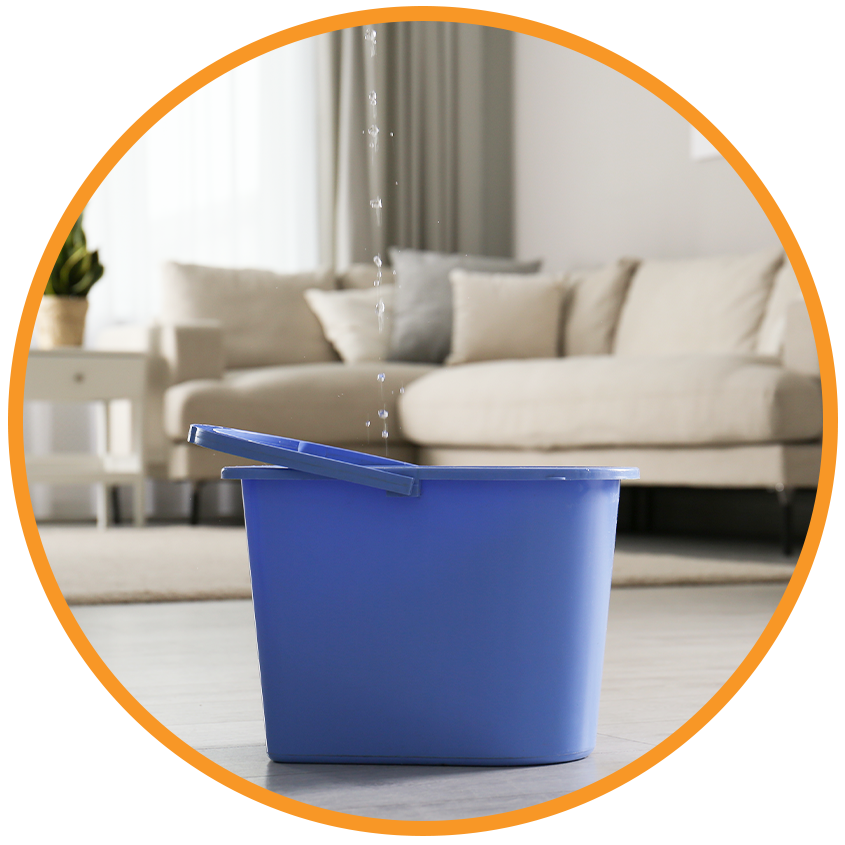Are you planning your desire wedding in Brenham, Texas, and sensation overwhelmed by the selections? The venue is one of the most significant components of your event, forming the environment and experience for you and your guests. If you’re searching for the excellent wedding reception venues in Brenham, this overview will certainly assist you browse the procedure of selecting the best venue.
What Makes Brenham Perfect for Weddings?
Enchanting Ambience
Brenham is known for its picturesque landscapes and welcoming neighborhood. The town’s charm develops an intimate setup that many couples need for their special day, improving the overall experience.
All-natural Beauty
The scenic countryside around Brenham offers a beautiful backdrop for outdoor weddings. Stunning yards and rolling hills allow pairs to produce spectacular photo ops that include in the enchanting allure.
Availability
Comfortably located, Brenham is quickly available from major cities, making it optimal for family and friends traveling from afar.
Kinds Of Wedding Reception Venues in Brenham
Outdoor Venues: Brenham has a number of exterior settings, including yards and vineyards. These venues enable couples to accept nature, producing a charming ambience best for exchanging vows.
Barn and Old-fashioned Venues: Rustic wedding venues, such as historic barns, are preferred for their relaxing appeal. They typically include vintage style and supply a warm setting for parties.
Classy Indoor Venues: For conventional settings, Brenham uses reception halls and charming chapels. Numerous supply in-house catering, simplifying the preparation process.
Distinct Areas: Explore unusual venues like galleries and historical structures, which can offer a distinct touch to your wedding and make it memorable.
Why Selecting the Right Wedding Reception Venue Matters
Setting the State of mind: The venue substantially influences the general environment of your wedding, whether you want a formal or informal party.
Guest Convenience: A venue that suits your guest listing ensures comfort. An chock-full or sparsely filled up space can influence the occasion’s feeling.
Spending Plan Considerations: Wedding venues frequently stand for a significant expense. Understanding the rates structure helps you stay within budget.
Ease of access: Consider distance to resorts and car park availability for your guests, especially those traveling from out of town.
Exactly how to Pick the Right Wedding Reception Venue in Brenham
Specify Your Vision: Before searching for venues, clarify what you imagine for your wedding, including themes and styles.
Establish a Realistic Budget: Establish a budget plan early in the planning procedure. Establish how much you can allocate for the venue and added costs.
Research Study Citizen Venues: Use on the internet resources to put together a listing of possible wedding venues. Pay attention to testimonials and testimonials from various other couples.
Set up Tours: When you have a shortlist, see potential venues to examine their ambience and services.
Ask Key Questions: During your gos to, inquire about included solutions, termination plans, and limitations on food catering or decor.
Evaluate Amenities: Inquire about features like car parking schedule and ease of access for guests.
The Experience at Hummingbird Hill
If you’re trying to find extraordinary wedding venues in Brenham, Hummingbird Hill is an optimal choice. Our venue combines natural charm with phenomenal service.
Why Choose Hummingbird Hill?
Beautiful Surroundings: Hummingbird Hill is bordered by awesome landscapes, ideal for sensational wedding photos.
Dedicated Group: Our skilled staff ensures your day runs efficiently from intending to execution.
Flexible Bundles: We provide customizable wedding bundles tailored to your unique vision and demands.
Final thought
Picking the ideal wedding reception venue is critical for your wedding. Checking out Brenham’s gorgeous options, comprehending your needs, and asking the appropriate questions will aid you discover the best area for your celebration.
If you prepare to locate your ideal wedding venue, consider Hummingbird Hill for your ceremony and reception. Our group is right here to assist produce lovely memories on your special day.
With the ideal venue, your wedding will certainly be a wondrous party full of love and extraordinary moments that you and your visitors will cherish for life.






